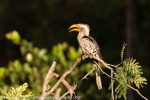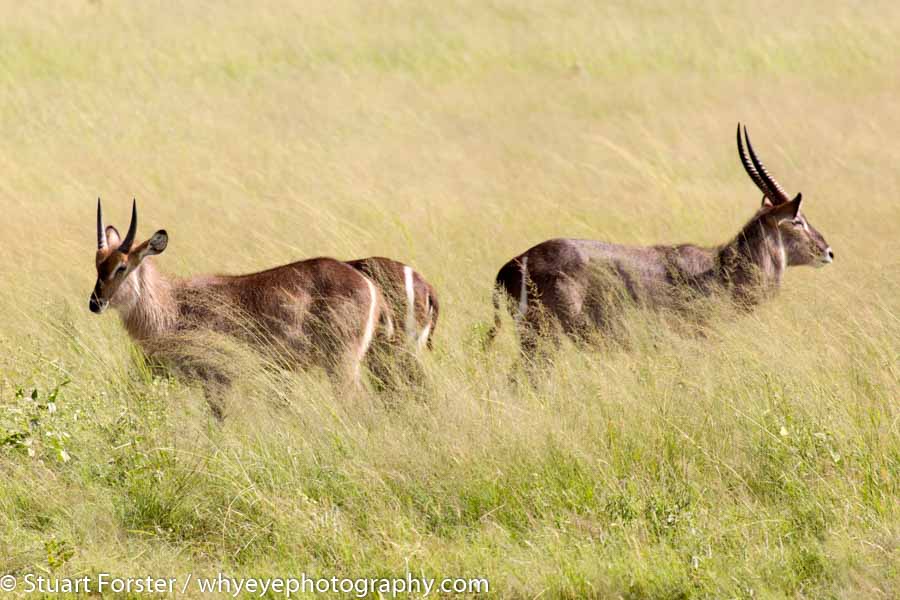
In November 2017 Zimbabwe experienced a change of president. Robert Mugabe, who spent almost 30 years as the head of state, was replaced by Emmerson Mnangagwa. What impact is that having for the tourism industry? The Guild’s Stuart Forster went to find out:
Bryan Rocher, general manager of Zambezi Cruise and Safaris, said the perception at this year’s ITB – a huge travel trade fair in Berlin, was that Zimbabwe was now a place to visit. As we talked at the Pamuzinda Safari Lodge, approximately an hour’s drive from Harare, he told me that, compared to the previous year, the number of German visitors had increased 30 percent during the first quarter of 2018.
“The vibe is positive,” he added, citing the presence of foreign visitors looking into investing in the country’s gold and platinum mines, plus the fact that once common roadblocks are no longer present on the country’s roads.
“I think it’s a matter of time and in 18 months we’ll be flying: back where Zimbabwe should be…all the right things are happening.”
During informal conversations several people in Harare expressed concerns over the country’s economic health. “It’s a different driver but the same bus,” commented one man about the government. Tellingly, though, people did not have qualms about discussing economic and political matters with strangers. That in itself may be interpreted as some evidence of change.
“Zimbabwe was the darling of the West before the problems we got ourselves into trouble in 1999-2000 with what became known as the Land Reform Programme. We got a lot of criticism from the international community,” acknowledged Karikoga Kaseke, chief executive officer of the Zimbabwe Tourism Authority (ZTA), during an interview at Victoria Falls International Airport.
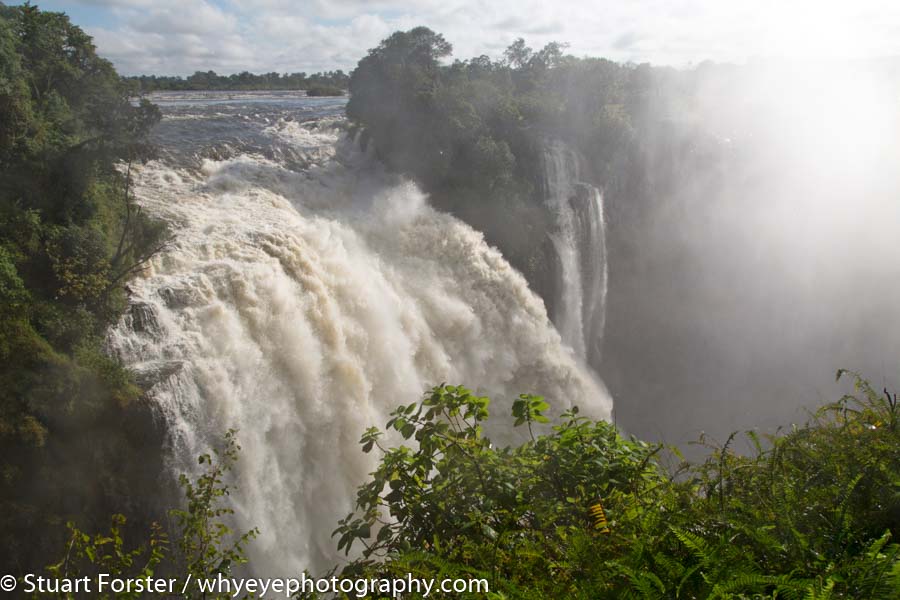
The airport opened in November 2016. It is 18 kilometres (11 miles) south of Victoria Falls’ town centre. Mr Kaseke said even driving that relatively short distance could mean halting at anything between five and seven roadblocks prior to Zimbabwe’s 2017 change of leadership. “In 1996 we were the leading destination in SADC [the South African Development Community]. We were doing better than South Africa…in the past 18 years we have seen a dramatic shift in tourism.”
“When politics comes into your house through the door, tourism leaves your home through the window,” he added, before revealing that Zimbabwe aims to attract around eight million visitors by 2025. Approximately 2.5 million people visit the country annually at present.
“We need to double our efforts, so we double our arrivals,” he commented. Strategies have been drawn up to attract travellers to the Eastern Highlands, Lake Kariba and the Great Zimbabwe UNESCO World Heritage Site.
Tourism growth in Bulawayo
“I’m excited. We’re getting lots of enquiries. That’s a positive sign and operators are busy preparing”, said Diana T. Sitotombe, the Marketing Executive at the ZTA’s Bulawayo office, during an interview in Matopo National Park, roughly 30 minutes’ drive south-west of the city. “As the president has said, ‘Zimbabwe is open for business’.”
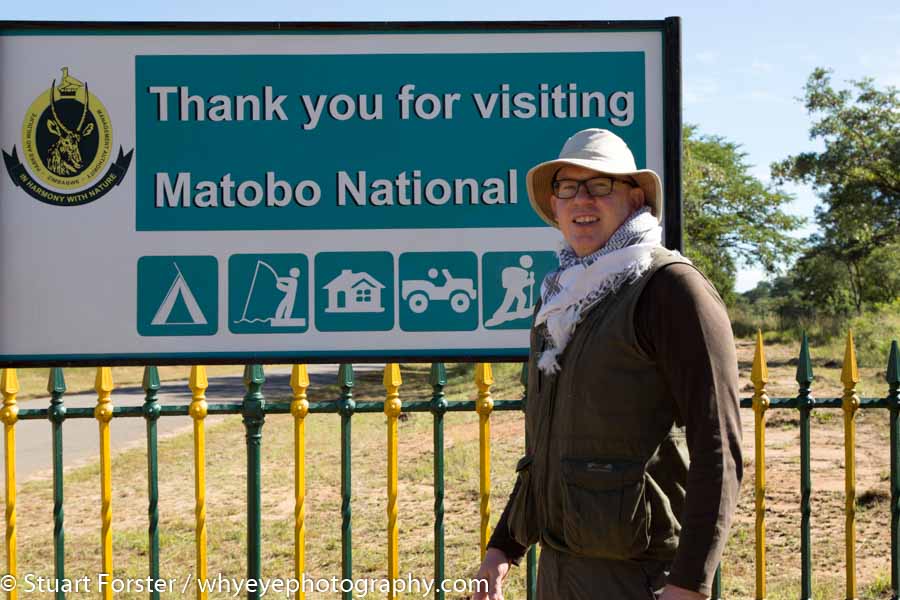
In recent years several of the region’s tour operators were forced to downsize, despite the proximity of the national park, the Khami Ruins UNESCO World Heritage Site plus the Natural History Museum of Zimbabwe being located in Bulawayo.
“Tourism here in Bulawayo is picking up. Over the first quarter of the year there’s been an increase of between 45 and 50 percent on the same period last year,” said Ms Sitotombe.
Her positivity was echoed by Norman Bourne, who leads tours of Matobo National Park with Black Rhino Safaris. “I really believe tourism is going to take a leap forward,” he said, citing a greater emphasis on accountability as one of the driving factors.
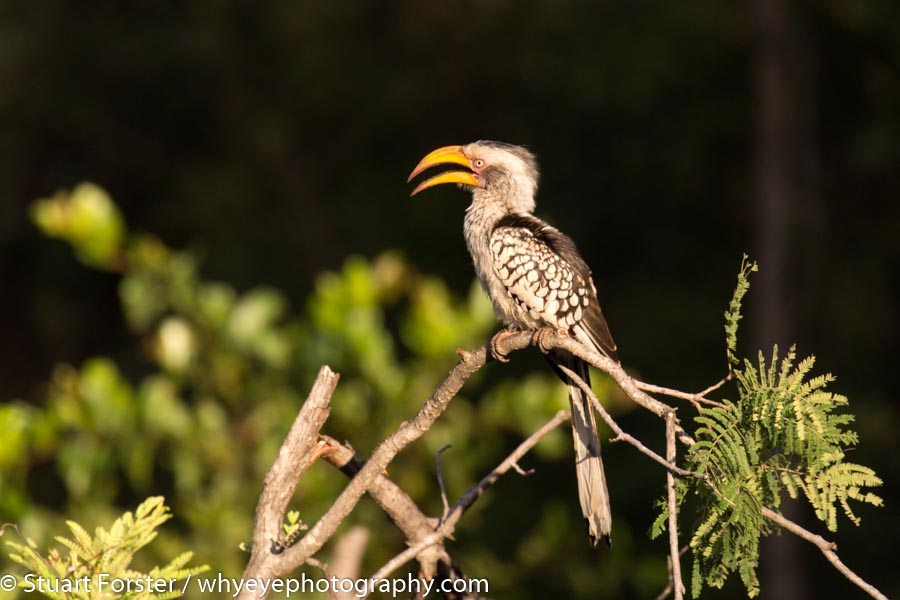
“I think tourism in Zimbabwe is growing. I think we undersell ourselves. For over 30 years we’ve been inhibited in a lot of ways. It’s time to break out. We need to understand the media networks that are out there. There’s a whole new avenue of marketing to be approached. The new dispensation by the government, I would say, has given us a new outlook,” added Mr Bourne, suggesting that social media could play an important role in the future.
The positivity in Zimbabwe was palpable and widespread. The future of Zimbabwe’s tourism industry appears bright.
About the author
Guild member Stuart Forster is an award-winning travel writer. In March he was named the Digital Influencer of the Year at the 2018 Holland Press Awards.
He regularly posts new content on his blog, Go Eat Do. To commission features or photos from Zimbabwe contact Stuart via his website or by calling 07947 587136.
Stuart is a director of Why Eye Photography, which specialises in travel, food and portraiture. The company celebrates its tenth anniversary in 2018.
Getting to Zimbabwe
Stuart flew with Rwandair to Harare, Zimbabwe’s capital, from London Gatwick via the airline’s Kigali hub.
Information about Zimbabwe
Visit the Zimbabwe Tourism Authority website for information about the country’s attractions.
Disclosure: Stuart visited Zimbabwe during March 2018 in a group tour organised by the Zimbabwe Tourism Authority.

